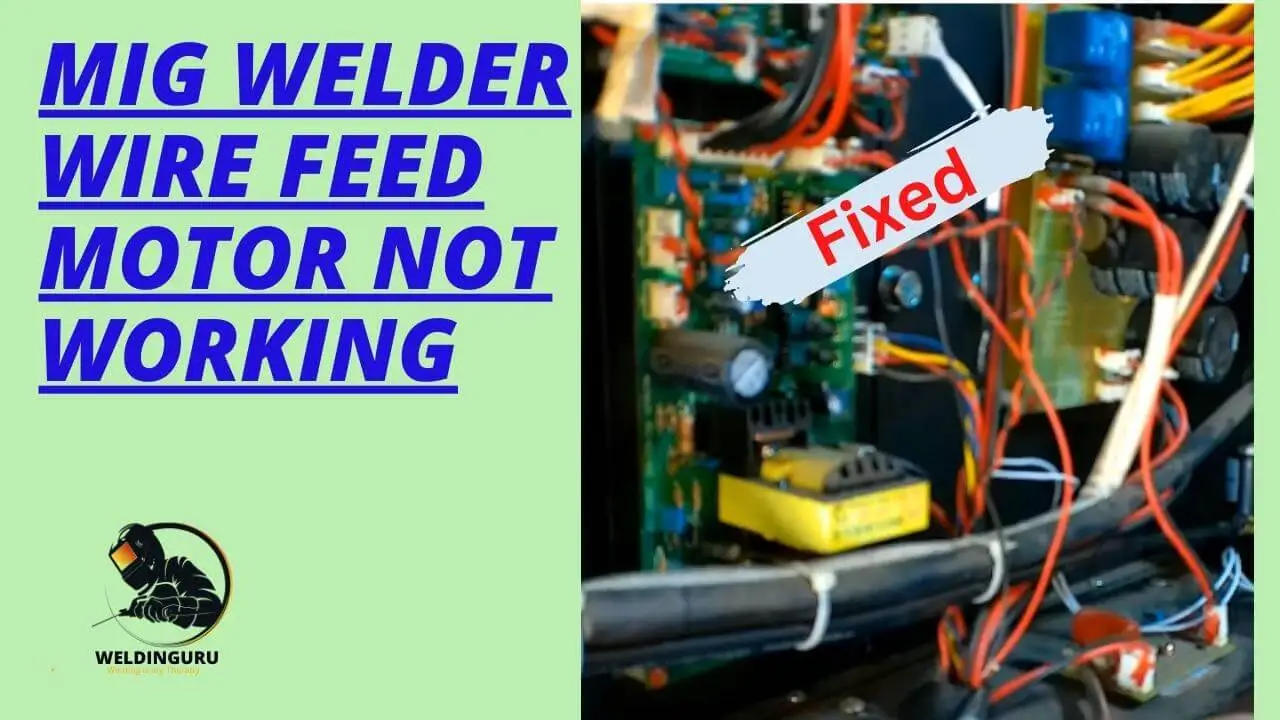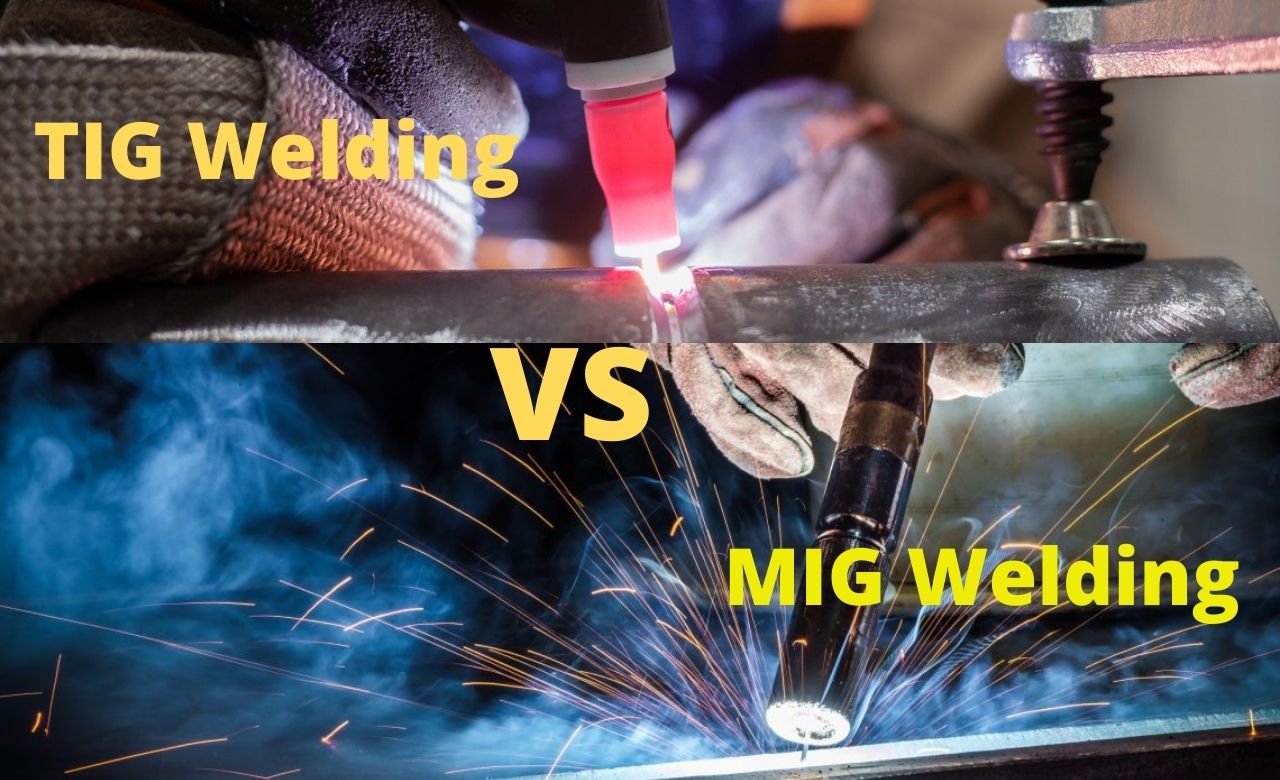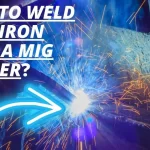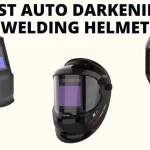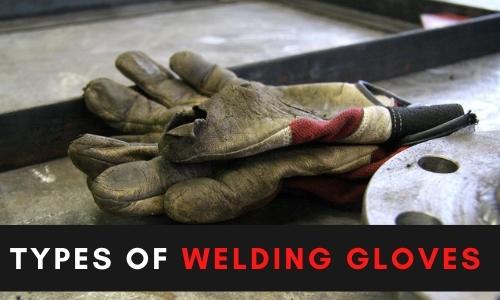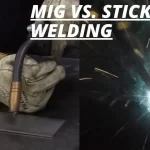In order to weld with a wire feed welder, the wire must be fed to the tip of the welding gun.
Typically there is a wire feed motor that does this for you, but sometimes one may encounter a situation where the wire feed motor of your MIG welder is having issues.
I know how much time you can waste searching for an answer to your MIG welder wire feed motor not working problem. I am about to save you hours of frustration and endless Google searches.
This article will walk you through some simple solutions that will help fix your wire feed motor of a MIG welder issue once and for all! Keep reading!
MIG Welder Wire Feed Motor Not Working
If your wire feeder isn’t working, you’ll need to check a few things. First, make sure that there isn’t any debris in front of the feeder. If there’s any dirt or oil blocking the path of the wire, it won’t be able to reach your gun properly and will get stuck inside the machine.
Next, check that all connections are tight. If they aren’t connected securely enough, they may slip out during use and cause problems with feeding speed.
A wire feeder is the part of your welder that feeds the welding wire to the welding gun. This motor determines how much of the wire is fed and how fast it’s fed.
A broken wire feed motor can cause you to run out of wire before you’re finished, or it can cause you to blow through your entire spool.
How Does Wire Feed Motor Work?
The wire feed motor is a component of a MIG welder that helps to deliver the welding wire through the gun. It is typically powered by electricity, but it can also be powered by a battery.
The wire feed motor acts as a gearbox that allows you to control how fast or slow the welding wire travels.
The speed of the wire feed motor can be controlled manually or automatically, depending on your needs. The manual option allows you to set your own speed based on what you are working on at the time.
You can also set it automatically based on your preferences and needs for different projects or tasks.
How can you Easily Fix the Wire Feed Motor?
You may have noticed that your MIG welder’s wire feed motor is not working properly. The problem may be caused by one of the following four main issues:
1. Examine Wire Quality:
Your wire is not up to quality standards. If your wires are too thin or too heavy, they may not be able to handle the strain of being fed through your welder’s motor.
If this is the case, try switching brands or materials until you find one that works well with your machine.
The low-quality wire will cause the motor to overheat and burn out quickly. Make sure that you’re using good-quality welding wire, and always keep an extra spool of wire on hand for emergencies!
2. Check any Spool or Drive Roller Tension:
Your spool needs to be adjusted. If your spool has too much tension on it, this can cause problems with the motor and make it harder for it to feed the wire through properly.
Make sure that you’re using a high-quality spool and have enough slack in it so that when it’s spinning around, there isn’t too much pressure on any one part of the rollers inside your machine (this will also help prevent jams).
There could be something wrong with the drive roller itself – maybe something got stuck inside it, or maybe there’s an issue with how tightly wound everything is inside those little grooves where all those threads come together!
3. Check any Gun Liner Issues:
The gun liner is another important part of your MIG welder that helps transfer heat from your torch nozzle to the metal surface being welded.
It also helps protect your hand from high temperatures when welding near sensitive areas such as hands or faces (although this should never happen!).
Just like with contact tips, gun liners can wear out over time, causing poor welds and shortened wire feeder motor life. To test your gun liner for wear, place both ends against a piece of wood; if any light passes through, then it needs replacing!
4. Check Contact Tip Maintenance:
The contact tip is the part of the MIG welder that transfers the welding current to the metal being welded. If the contact tip is worn or damaged, it can increase the resistance of the arc, which will result in poor welds and shortened wire feeder motor life.
If you notice that your contact tip is no longer operating efficiently, you should replace it immediately to avoid costly repairs down the road.
The best way to determine if your contact tip needs replacement is to test it with a multimeter and check it against the specifications listed by the manufacturer. If it falls outside these specifications, then it’s time to replace it!
What Happens When Wire Feed Motor Not Working?
When the wire feed motor is not working, it could cause a variety of problems with your MIG welder.
If you are using an auto-set feature on your welding machine and cannot adjust the wire speed to a higher setting, then it is likely that your wire feed motor is not working properly.
The wire feed motor controls how fast or slow you can move your welding gun along the weld joint. If this is not working properly, then you need to replace it.
If you are unable to set the amperage on your MIG welder, then this could also be due to a faulty wire feed motor. In order for amperage to increase or decrease, the wire must be fed at a consistent rate so that metal does not build up on the tip or burn through completely before reaching its destination.
If there is no power going through the system, then it will not be able to maintain constant feeding speed and will therefore fail to deliver enough current through each pass made by the welding gun.
Benefits of Choosing MIG Welder
MIG Welding is a great way to get the job done when you’re working with metal. Here are just a few of the benefits it offers:
- The MIG welding process is ideal for a variety of applications, from small to large and from simple to complex.
- The MIG (Metal Inert Gas) welding process has many advantages over other welding methods.
- MIG welding produces a stronger weld than stick or arc welding processes because it deposits filler metal at a faster rate.
- The MIG process is ideal for joining thin materials because the heat input is limited due to the shielding gas flow rate being high enough to prevent burning through the thin material.
- The MIG process can be used on thick materials as well by increasing the wire feed speed and decreasing the gun travel speed while maintaining high amperage settings; this increases penetration into thicker materials while still preventing burn-throughs due to excessive heat input (low amperage settings).
Wrapping Up!
While a MIG welder is an essential tool for anyone who works in auto body repair, an experienced welder can also find them useful for work on other metals and even plastics.
In conclusion, the above article guidelines you can check to ensure when your MIG welder wire feed motor not working. These guidelines help you in your time of need!
FAQs:
How fast should the wire feed be on a MIG welder?
The speed at which you feed the wire should be related to the thickness of the material you’re welding. For thicknesses under 1/16″, it’s good practice to “weld” at a slower speed (around 5 inches per minute). For larger pieces, increase the speed to 10-15 inches per minute. It is also important to note that for thinner materials, longer wires should be used instead of multiple smaller wires because it increases heat concentration, improves penetration, and reduces distortion of the workpiece.
What should the gas pressure be on a wire feed welder?
Gas pressure is a key part of the wire feed welding process. You want enough gas to protect the weld puddle from oxygen and reduce splatter, but not so much that it causes spattering, which can mar the welds. The advice varies slightly between different brands of wire feeders, but generally, you’ll want to set your gas pressure at around 3 to 8 psi.
